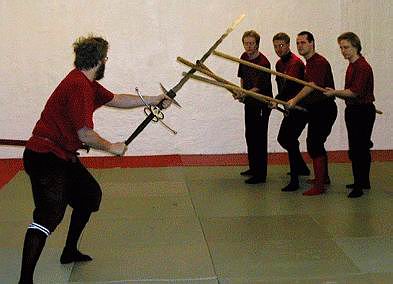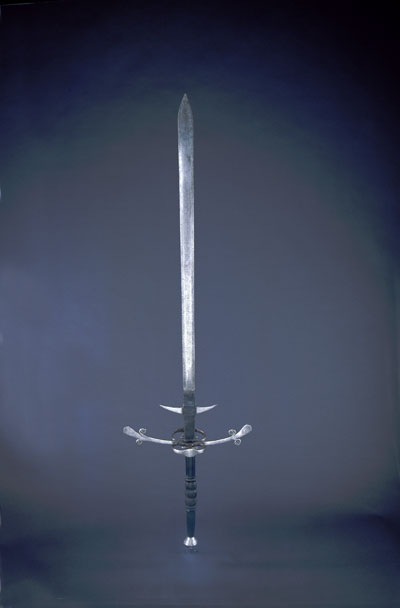Lutel has something they call a "wavy" blade on a couple of their two-handers. It appears that the blade itself actually has the general shape of waves close to the quillon block. Their pictures do not show how far these waves go down the blade.
Not knowing much about medieval two-handers I ask: is this historic in any way? It's a bit surprising to me if swords of the 16th century had such a hard-to-produce feature, but I'm no expert. Wouldn't this weaken the sword?
Comments or clarifications appreciated, thanks,
Borger



